Bulldogs are the sweetest, most loving dogs… whether they’re running rally, doing trick dog, conformation showing, or asleep on the couch (or table).
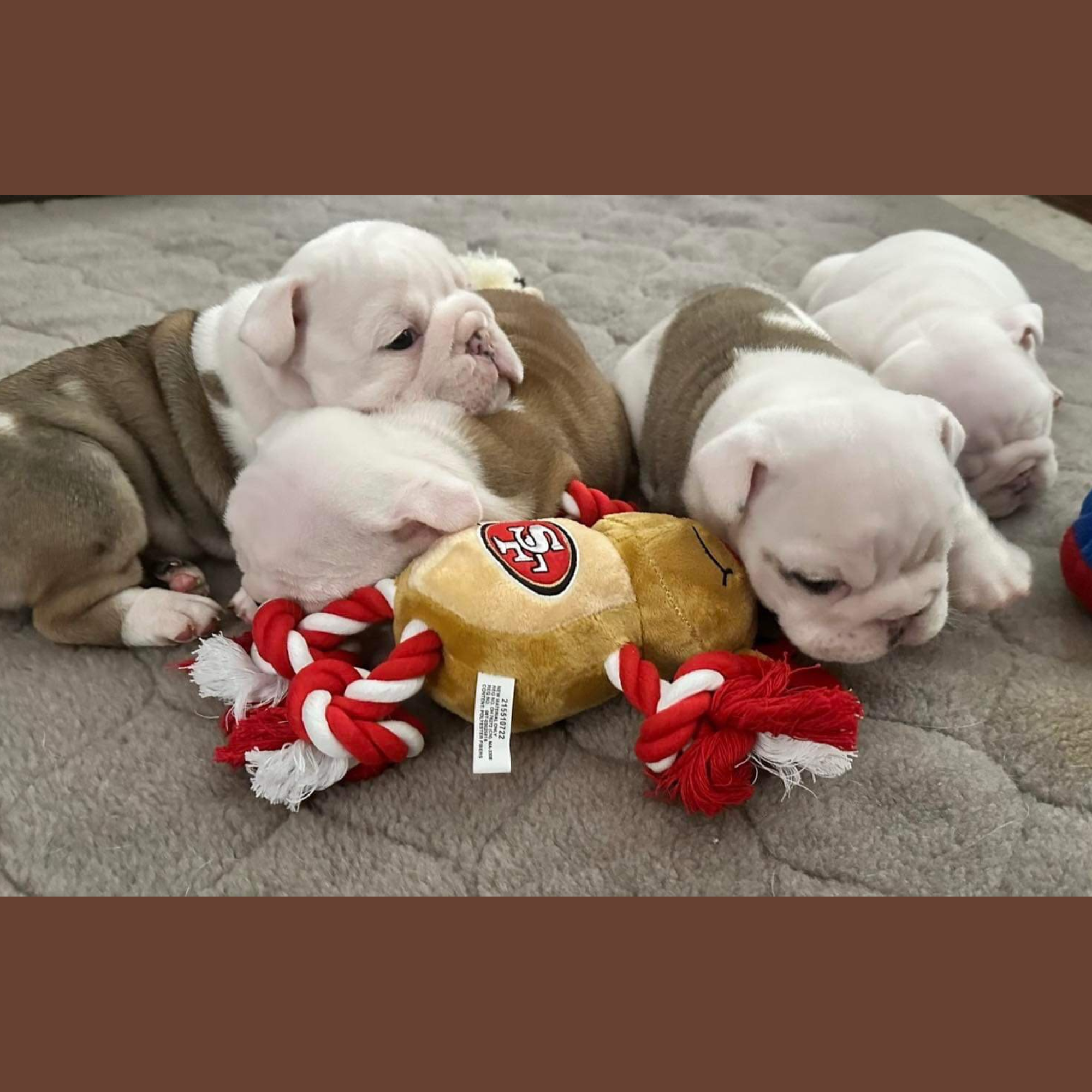

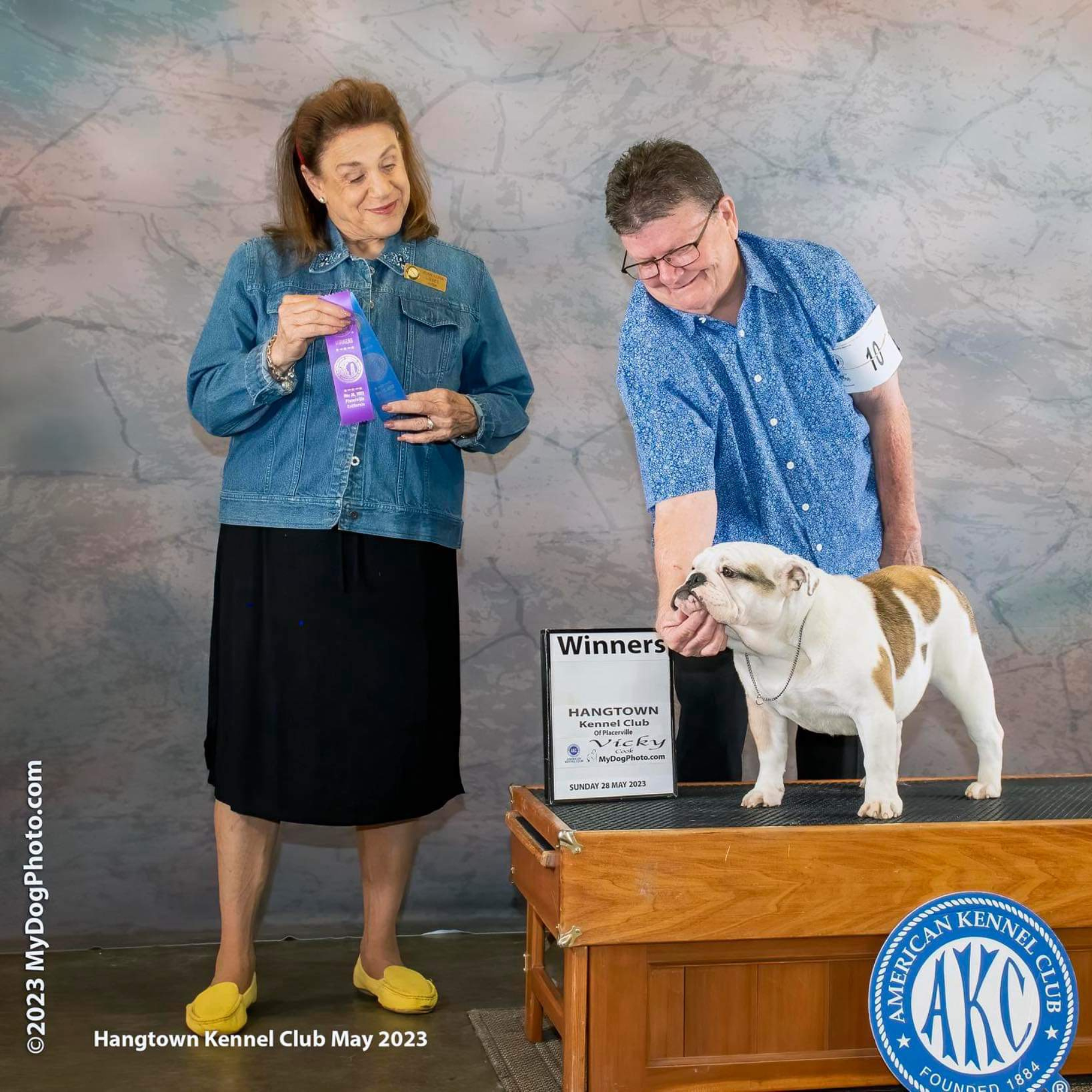
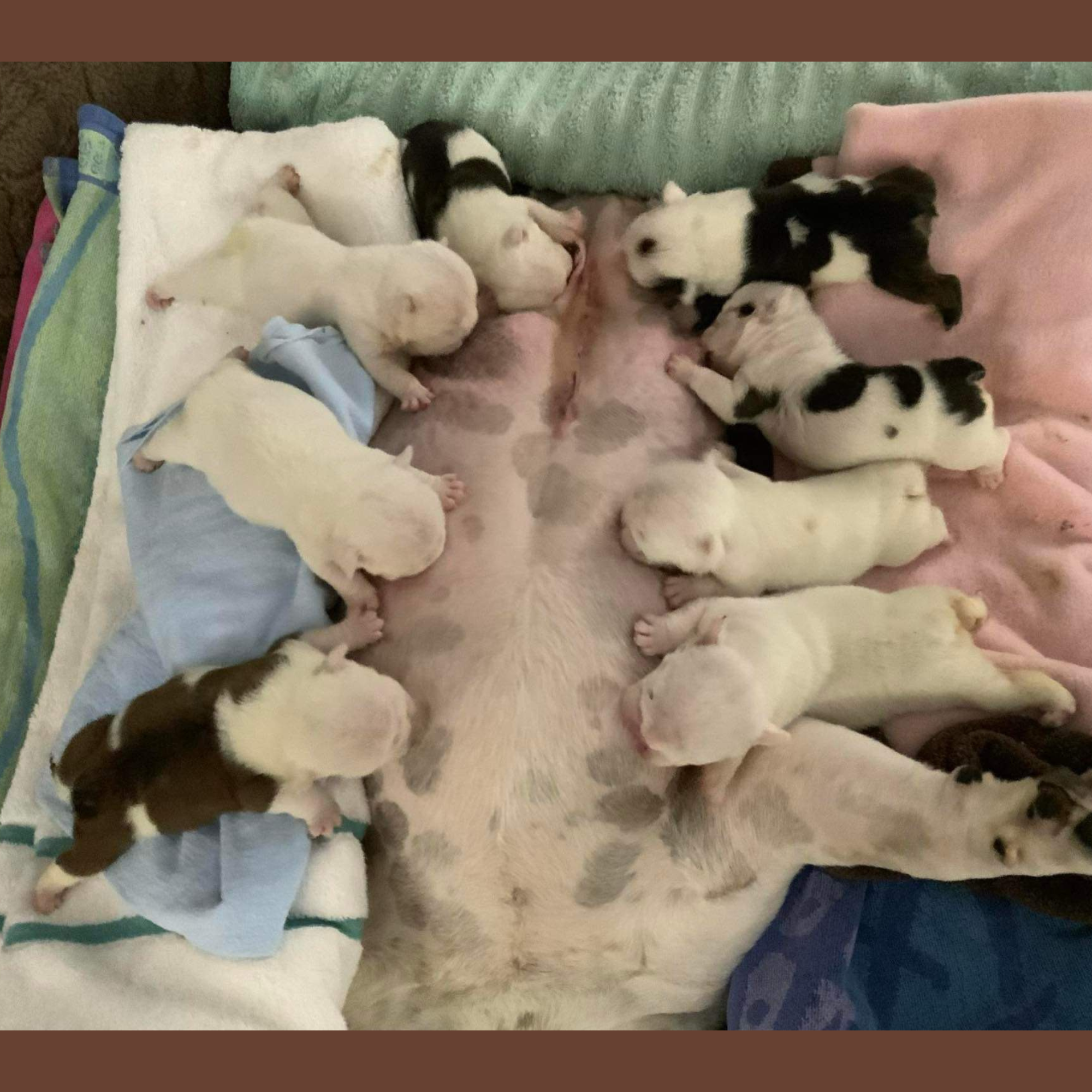
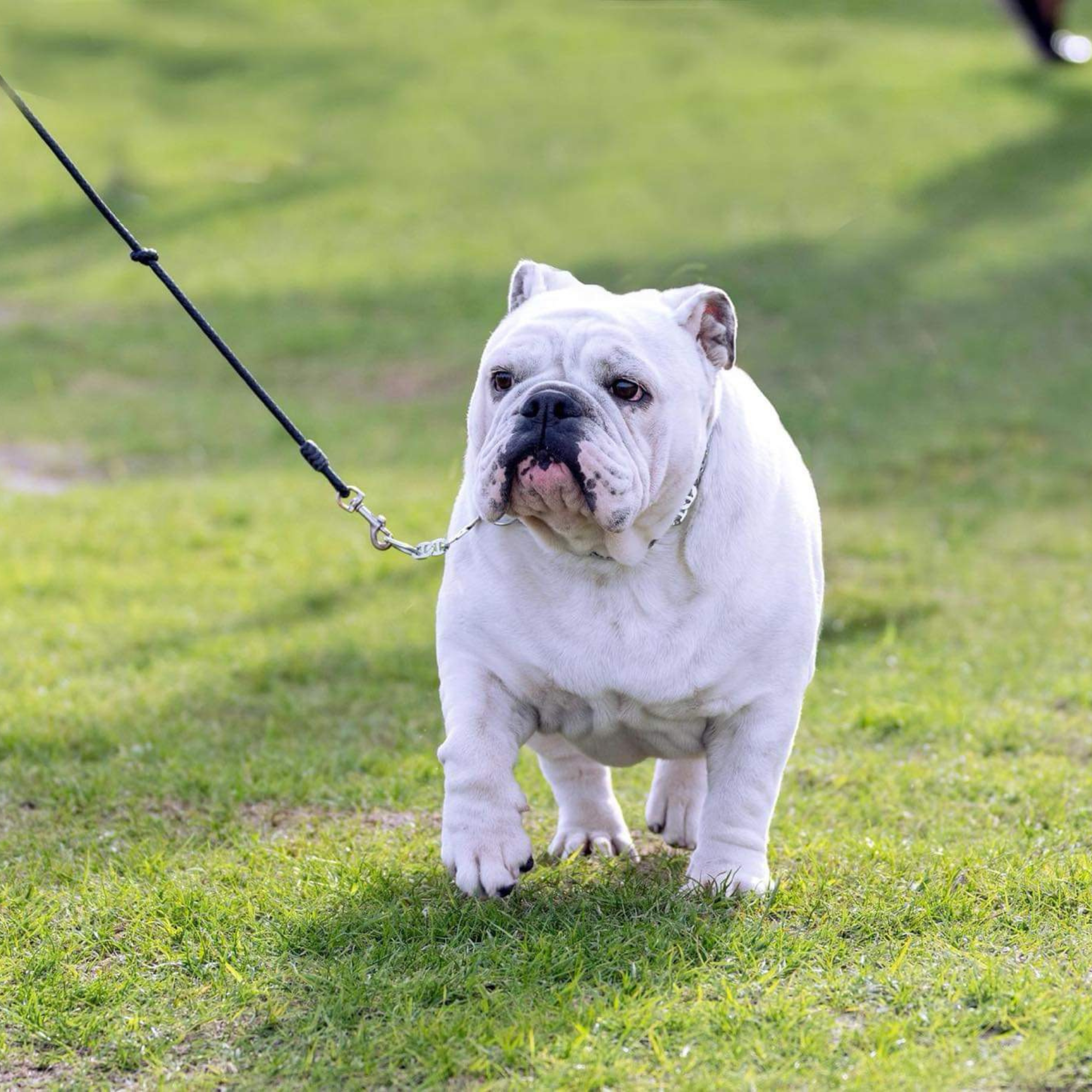
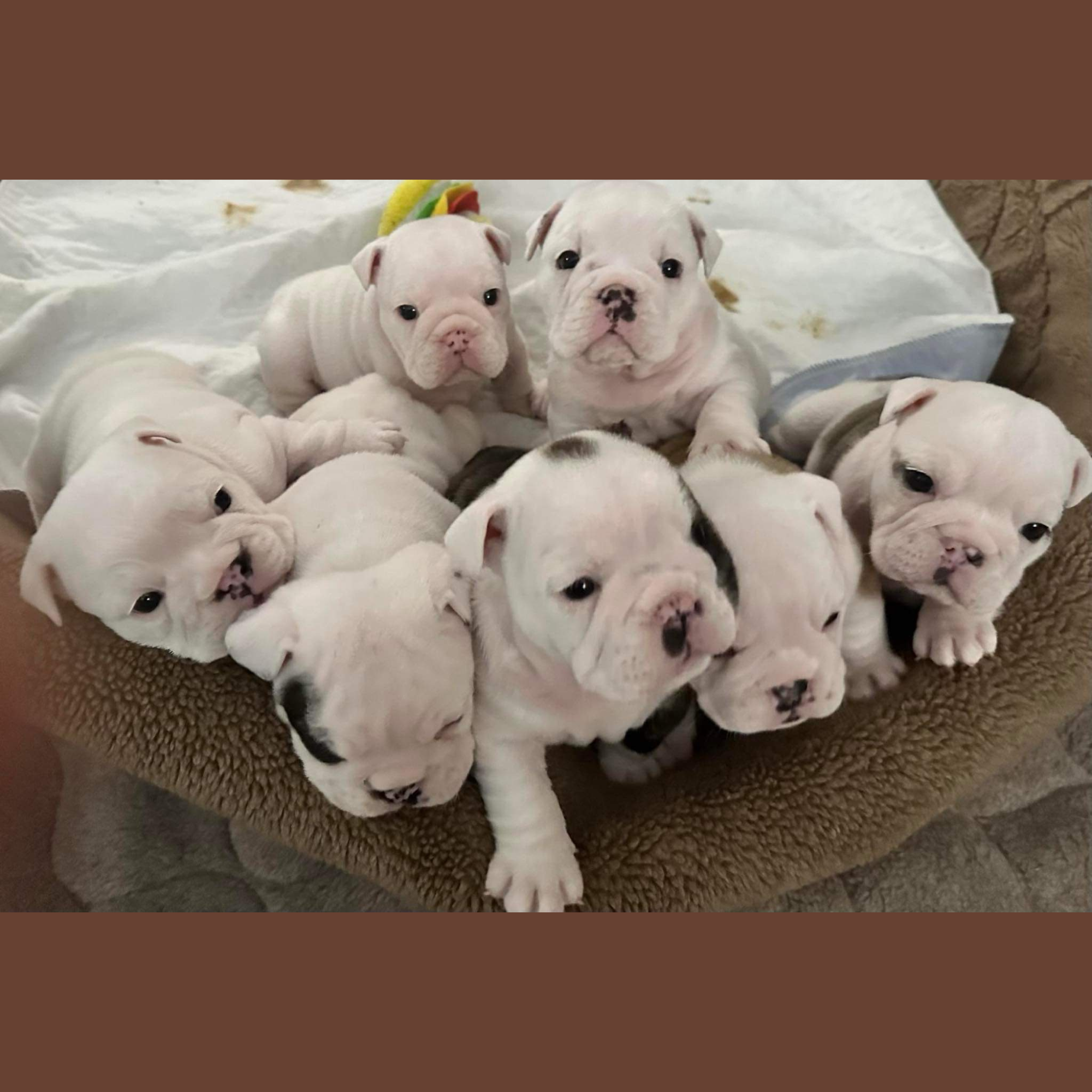
Bulldogs were originally bred for bull-baiting in England, where they would grab and hold onto a bull's snout for sport. When bull-baiting was banned in the early 19th century, the breed was almost extinct. However, people in Germany and the US took an interest in the breed and it was repurposed as a companion dog.
Bulldogs are known for being gentle, sweet, dependable, and predictable. They are also known for being good with kids and enjoying human attention. They enjoy short walks in cooler weather, hanging out while you are gardening, laying around watching TV, or hopping into the van for a ride. These are not dogs to take a jog with you. They are dedicated to their family and always happy to see their people. In general, they are sweet and gentle. They can, however, be aggressive to dogs they don't know without proper training and socialization.
Who knows how many K-12 schools are represented by bulldogs? At least one of them, Winslow Junior High Bulldogs, in Winslow, Arizona, is Dr. Christensen’s alma mater!
Bulldogs are the sweetest, most loving dogs… whether they’re running rally, doing trick dog, conformation showing, or asleep on the couch (or table).
Kokopelli veterinarians are as concerned as any dog-lover about the overpopulation of unwanted dogs which results in euthanasia of so many healthy dogs every year. Our veterinarians, however, recognize that dogs belonging to responsible families, who keep their dogs on a leash or contained within fenced yards, are not contributing to this problem. Spaying or neutering these responsibly controlled dogs does nothing to decrease the surplus population of stray dogs. When we counsel responsible dog owners about spaying and neutering, our advice is focused on health and behavioral concerns related to reproductive status (whether a dog is spayed, neutered, or intact). Various options exist beyond the traditional spay or neuter procedure, including vasectomy or Suprelorin implants for males (or just leaving them intact), and ovary-sparing spays or laparoscopic spays for females. We encourage you to investigate the hyperlinks provided here, and to reach out to our clinic for a consult if you would like to discuss your specific questions about your canine companions.
The mission of Kokopelli Assisted Reproductive Services at Kokopelli Veterinary Center is to fully support responsible breeders in creating the healthiest puppies possible. Part of that mission is advising breeders in health testing and advising potential puppy buyers in what they should be considering when looking at adopting a puppy.
Responsible breeders go to great effort and expense to ensure that the puppies they produce are as healthy as possible. They know that the puppies they produce reflect back on them; their kennel’s reputation among their peers means more than the fast buck they can get selling puppies produced by cutting corners. Responsible breeders first and foremost love their breed and their goal is to improve the health of the breed through responsible decisions on who and how they breed. A large part of this effort is done by conducting health testing on potential breeding dogs and bitches and then using that information, along with considerations of conformation, temperament, genetic relatedness, and other factors in choosing the best matches for breeding. The following is a list of health testing that can or should be done in bulldogs prior to making a breeding decision:
View our educational webinar series and learn more about how to raise healthy animals.
Please reach out to us for any questions or help. Nothing makes us happier than helping create situations where the human/animal bond can flourish.
Schedule your pet’s consultation today.